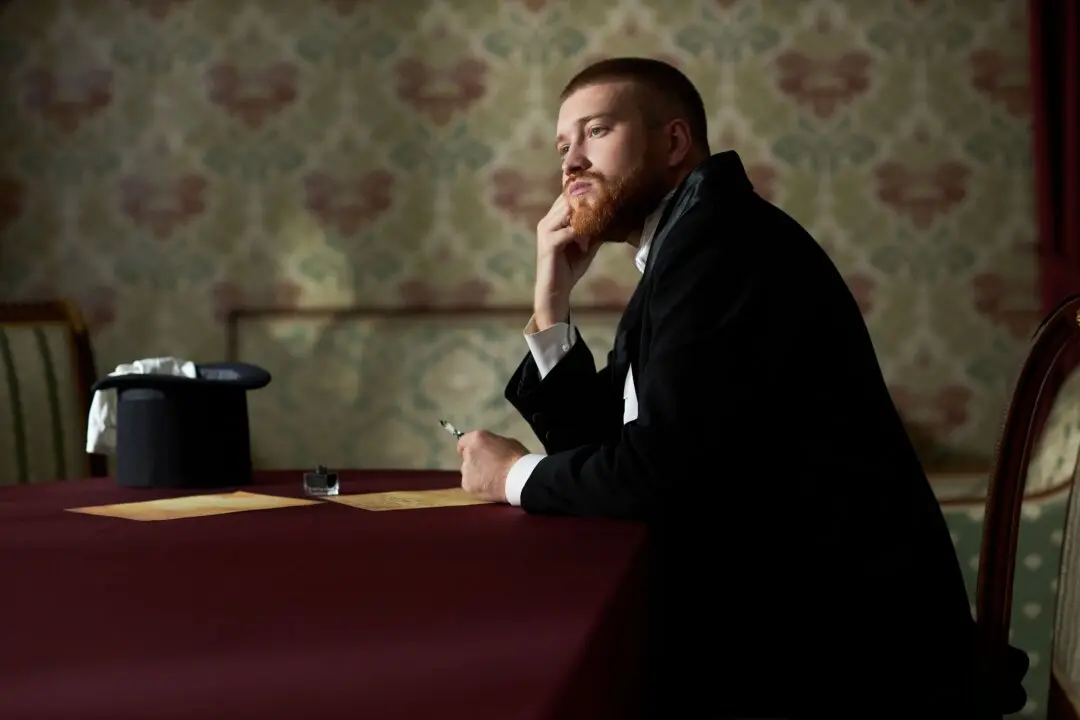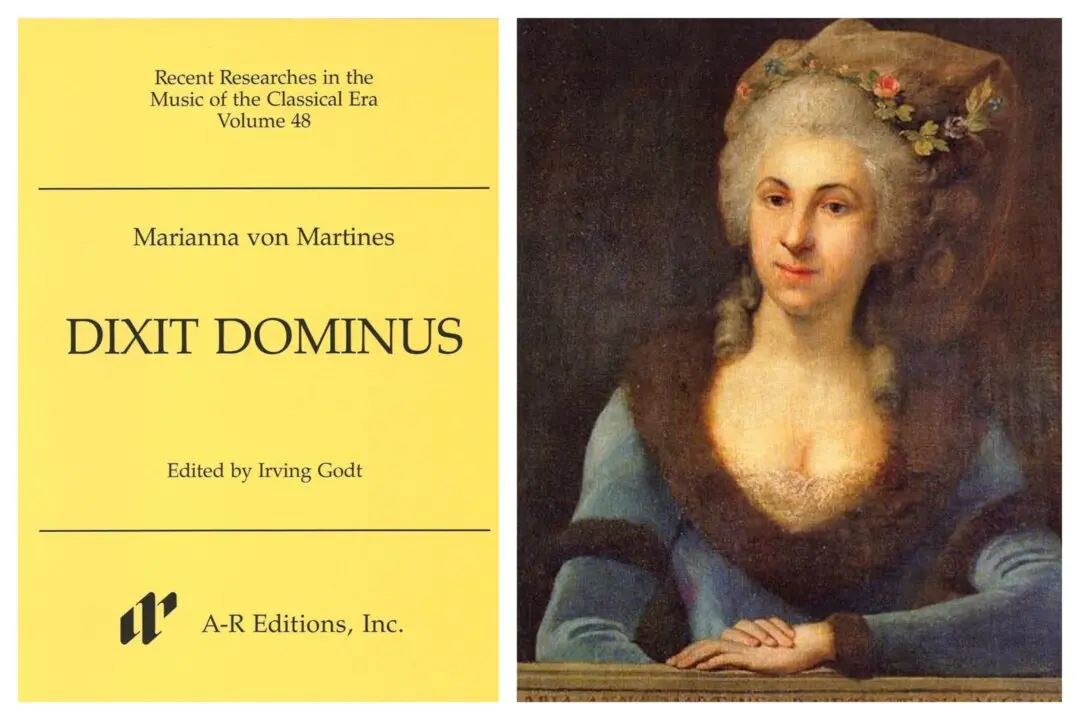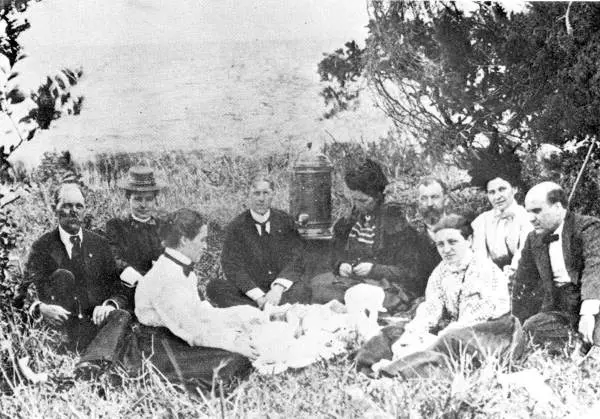This year marks the 400th anniversary of the initial publication of William Shakespeare’s collected plays, and the Shakespeare Birthplace Trust, an independent charity devoted to studying and promoting the Bard’s life and work has announced a special exhibition to honor the occasion: “The Great Variety of Readers: Celebrating 400 Years of Shakespeare’s First Folio.”
An original copy of “Mr. William Shakespeare’s Comedies, Histories, & Tragedies”—or, as it is more succinctly known, the “First Folio”—will be displayed at the site of the Bard’s family home in Stratford-upon-Avon. It is the ideal location to display the First Folio, since Shakespeare presumably retired from the noise of London to write some of his later plays there over a period of nearly 20 years.





